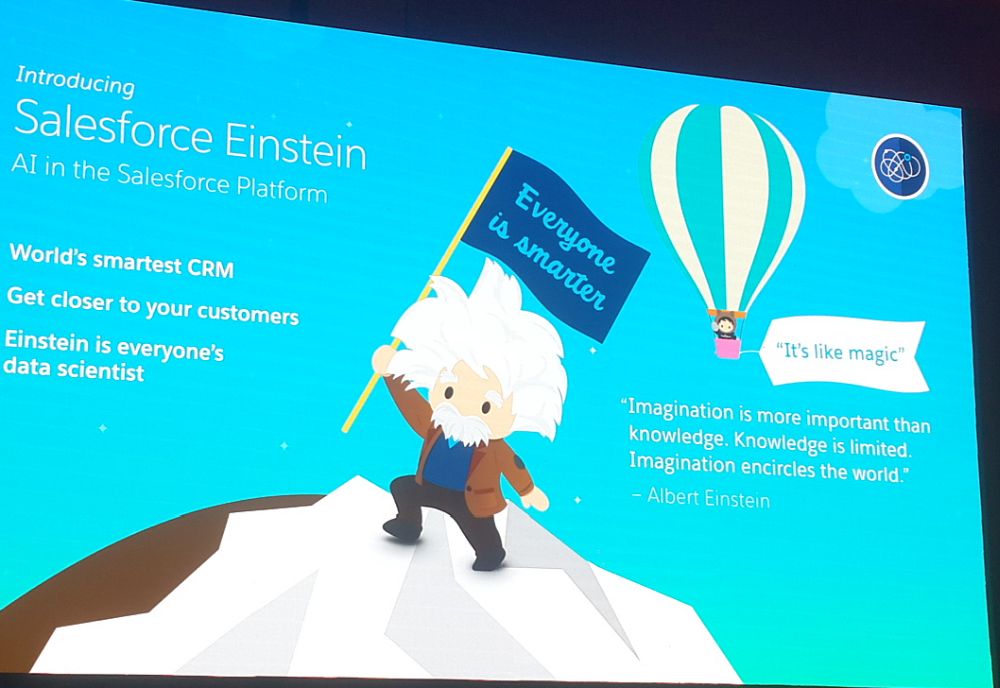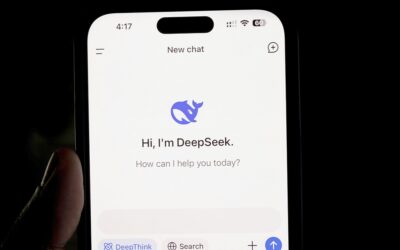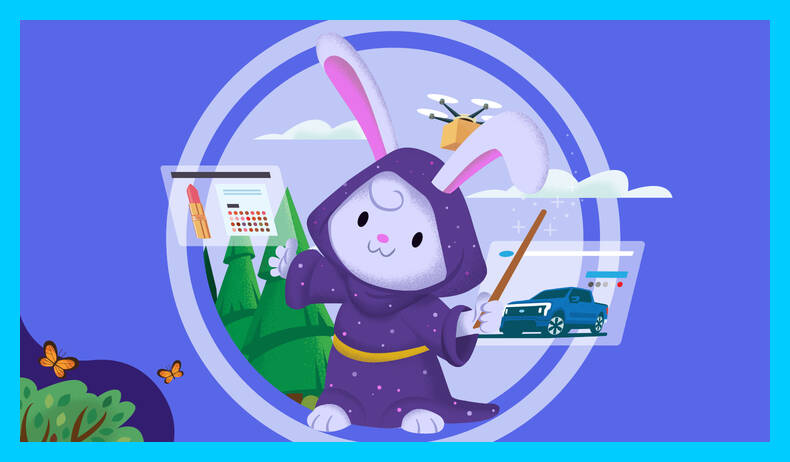
Dan Bognar, Senior Vice President – Solutions Engineering, Salesforce
(322 Views)
Dan Bognar, Senior Vice President – Solutions Engineering, Salesforce tells us how the company is adding intelligent capabilities to all its solutions or clouds. He also talks about how companies today are engaging customers with personalized messaging and offers.
Q. Salesforce has for long been a player in the CRM space but now we see you moving into other areas like service desk, workforce collaboration and marketing. Can you encapsulate all the new focus areas?
There is a shift happening now from a technology perspective, and from a customer expectation perspective. It has impacted companies around the world, who are struggling to focus on the customer and to deliver a good experience that is in line with customer expectations. And customers are benchmarking companies based on the experiences they have had – on Twitter or Facebook or Instagram.
For the last couple of years we have built our customer success platform. Over the years we added capabilities and we now have our sales cloud, service cloud, marketing cloud, and community cloud. We have also invested in IoT. There are 75 billion devices around the world that are connected to the Internet.
As a company we are really providing that cloud agile capability that reaches each of those customer touchpoints – from sales to artificial intelligence.
Q. How do you help organizations engage with customers?
You start by putting the customer in the center and then you build your business processes and technology around the customer. We make sure we have an omni-channel capability and that means the customer can contact us through channels they are choosing. The second aspect is that we recognize customers have a voice and that they are using social media to vent their frustrations or to send positive signals. So we have social listening capabilities that allow us to listen to customers, identify how influential that person is on social media, and also to determine the intent of the message (sentiment analysis). This is pre-built into our marketing cloud.
Q. What transformation do you see at the workplace, in terms of collaboration? How are you enabling that through solutions?
Collaboration must be in the context of business process. There are a number of vendors who entered the collaboration space, but they built a silo of collaboration. They offer collaboration within an application. We have done this differently. As you are selling, servicing or marketing to a customer, you need to collaborate with other employees, business partners, or with customers. And the collaboration takes place in the context of that business process.
So when you go to an opportunity record in Salesforce, you not only see all the details about that opportunity, but you also see all the collaboration that takes place between different stakeholders who work on that opportunity. So collaboration happens in the business process.
This breaks down the boundaries and also provides a high level of transparency. The collaboration is visible to all the stakeholders. It also enables us to identify experts within the company and we can bring that expert in, in the context of that business process.
We have a collaboration solution called Chatter that touches all our clouds. So you can collaborate in the sales cloud and the service cloud.
Q. Personalization and customization make for brand loyalty. How do you enable this?
This is what is known as the customer journey. We have the ability to define a customer journey in our marketing cloud. It is a set of business rules that apply for a customer or a customer segment that allow us, at various aspects of that journey, to proactively reach out and engage with the customer through a marketing message in a contextual way.
For example, if a customer downloads an app from the app store, I want to send that customer an email and welcome him to the app, and provide an overview of the features. Two days later, if I notice that they have not logged in to the application, I might want to send him another email saying: ‘We noticed you haven’t used this app, here are some useful features’. But if he has logged in and used the app, then I would want to send him another type of email. So, this is a mapping of what the customer journey looks like from start to finish. And we also use the preferred touch point for the customer (text message, email etc).
There’s also analytics underpinning all that through analytics cloud, and it is making recommendations how best to personalize that content.
The marketing cloud gives us the flexibility to define what type of message to send to what type of customers. And what content to send them that’s relevant.

Q. We observe that CRM and other software is becoming more intelligent, enabled by artificial intelligence. How are you going about adding AI capabilities to your products and services?
For many years people have been using CRM applications only for data entry and they have not received information sent back to them. The CRM systems were not intelligent enough to tell me, ‘based on customers like this, here’s what we recommend’ or ‘based on what we’ve seen in your campaigns, here’s what you should do’. We believe AI is the next generation of CRM technology. We have been acquiring AI technology and capability. We did 10 acquisitions in the last 12 months.
The vision is to embed AI in all our customer clouds. At each of those clouds you have predictive intelligence that is going to add value to that business context.
There’s two ways to do that: one is we will pre-build algorithms that add value to each of those clouds. But we also have Einstein as a platform that allows you to develop your own AI algorithms. So you can also custom build AI with some attributes that are unique to your company.
Q. But how will this help the sales or marketing person?
As a sales person, you have predictive intelligence and machine learning that’s looking at all of your sales data, all of your email, calendaring and then making predictions about how to improve your sales productivity. From a marketing perspective, we have AI and machine learning that looks at past campaign success and then predicting what future campaign success might look like, and what are the levers in the campaign you might be able to adjust to improve conversion.








